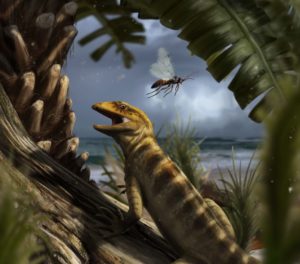
Scaling 70m years of reptile history
New analysis of a fossil lizard has helped close the 70-million-year gap in the fossil record on the origins of lizards and snakes. Snakes and lizards […]

New analysis of a fossil lizard has helped close the 70-million-year gap in the fossil record on the origins of lizards and snakes. Snakes and lizards […]
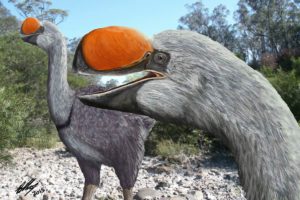
Not all fowl are chickens and ducks. Australia’s giant mihirungs (Dromornithidae) were flightless fowl that included some of the most massive birds in the world, such […]
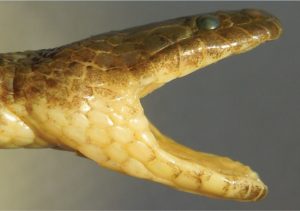
The evolution of snakes has some fascinated twists and turns, and new research has found evidence even primitive snakes were adept at living underground and moving […]
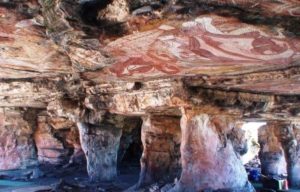
Flinders will play a key role in a new $45.7 million Australian Research Council Centre of Excellence for Australian Biodiversity and Heritage. An international research team […]
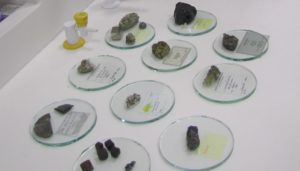
For the first time a new technique will look to extract low-grade copper in an affordable and sustainable way to extend the life of some of […]
Scientists at Flinders are investigating the effects of global warming on native bees, including the common carpenter bee.
Palaeontologists argue the first snakes may have crawled from the sea.
A major collection of World War One mementos, kept for almost a century in the Museum of Victoria, is the subject of a new book ‘War Trophies or Curios?’, co-authored by Matthew Flinders Fellow in History Dr Christine Winter.
Flinders research is unearthing how the natural pigment ochre plays a significant role in Aboriginal culture and history.